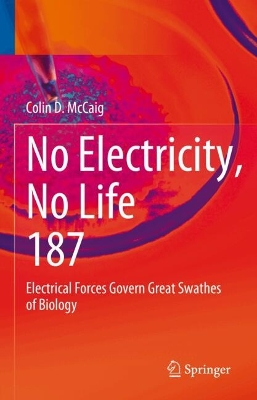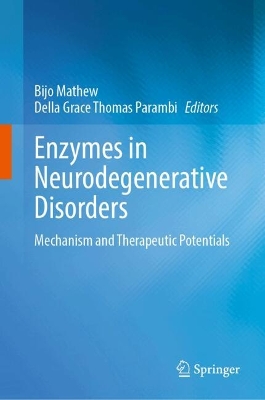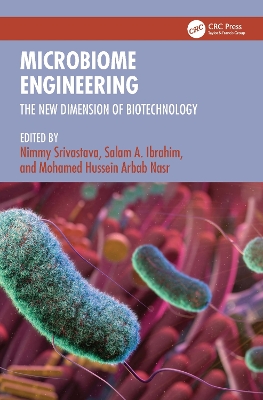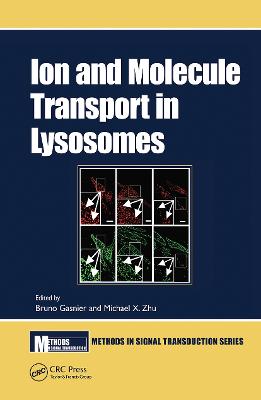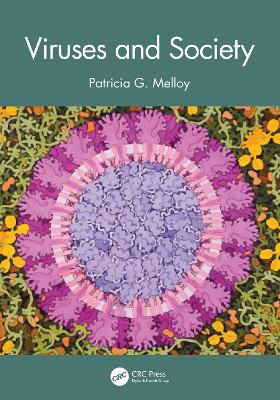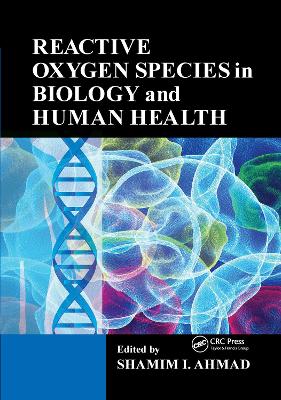Molecular and Physiological Mechanisms of Muscle Contraction
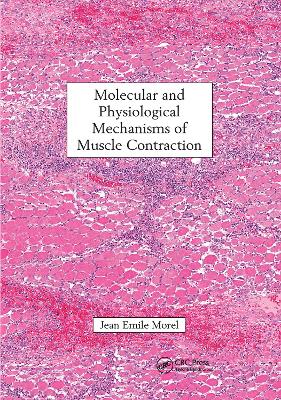 portes grátis
portes grátis
Molecular and Physiological Mechanisms of Muscle Contraction
Morel, Jean Emile
Taylor & Francis Ltd
09/2020
334
Mole
Inglês
9780367658694
15 a 20 dias
650
Descrição não disponível.
Introduction: Historical Account and Overview. Materials and Methods. Analysis and Characteristics of Some Major Biophysical, Enzymological and Physiological Phenomena in an Intact Unit Cell During Contraction (Isometric and Isotonic). New and Older Experimental Results and Interpretations. The General Features of the Hybrid Model. Quantitative Data and Calculations, Concerning Short Tetani Under Steady-State Isometric Contraction Conditions, Required for Quantification of the Hybrid Model. Fatigue in One Isometrically Contracting Half-Fibre from a Young Adult Frog, and in Intact and Traditionally Demembranated Fibres of Various Origins: Discussion Based Essentially on the Hybrid Model. Predictive and Explanatory Power of the Hybrid Model: Analysis of Various Problems. In Vitro Motility: Analysis of Experimental Data and Their Interpretations: Movement of Cell Organelles. General Conclusion: From Old Concepts, Old and Recent Experimental Data and Reasoning and New Experimental Results, to a Hybrid Model of Muscle Contraction. Addendum.
Este título pertence ao(s) assunto(s) indicados(s). Para ver outros títulos clique no assunto desejado.
MgATPase Activity;Thin Actin Filaments;Head-head dimers;Thick Myosin Filaments;Hybrid model;Intact Fibres;Huxley's model;Myosin Heads;Muscle contraction;Rabbit Psoas Muscle;Radial repulsive electrostatic forces;Independent Groups;Radial tethering forces;Isometric Tetanic Contraction;Sliding filament model;Frog Fibres;Permeabilised Fibres;Translation of radial forces into axial forces;Short Tetani;Sarcomere Length;Lateral Swelling;Isolated Myofibrils;Skinned Fibres;External Heads;Myosin Molecules;Slack Length;Unit Cell;ATP Molecule;Attached Cross-bridges;A-type Heads;Radial Expansive Force;Myofilament Lattice
Introduction: Historical Account and Overview. Materials and Methods. Analysis and Characteristics of Some Major Biophysical, Enzymological and Physiological Phenomena in an Intact Unit Cell During Contraction (Isometric and Isotonic). New and Older Experimental Results and Interpretations. The General Features of the Hybrid Model. Quantitative Data and Calculations, Concerning Short Tetani Under Steady-State Isometric Contraction Conditions, Required for Quantification of the Hybrid Model. Fatigue in One Isometrically Contracting Half-Fibre from a Young Adult Frog, and in Intact and Traditionally Demembranated Fibres of Various Origins: Discussion Based Essentially on the Hybrid Model. Predictive and Explanatory Power of the Hybrid Model: Analysis of Various Problems. In Vitro Motility: Analysis of Experimental Data and Their Interpretations: Movement of Cell Organelles. General Conclusion: From Old Concepts, Old and Recent Experimental Data and Reasoning and New Experimental Results, to a Hybrid Model of Muscle Contraction. Addendum.
Este título pertence ao(s) assunto(s) indicados(s). Para ver outros títulos clique no assunto desejado.
MgATPase Activity;Thin Actin Filaments;Head-head dimers;Thick Myosin Filaments;Hybrid model;Intact Fibres;Huxley's model;Myosin Heads;Muscle contraction;Rabbit Psoas Muscle;Radial repulsive electrostatic forces;Independent Groups;Radial tethering forces;Isometric Tetanic Contraction;Sliding filament model;Frog Fibres;Permeabilised Fibres;Translation of radial forces into axial forces;Short Tetani;Sarcomere Length;Lateral Swelling;Isolated Myofibrils;Skinned Fibres;External Heads;Myosin Molecules;Slack Length;Unit Cell;ATP Molecule;Attached Cross-bridges;A-type Heads;Radial Expansive Force;Myofilament Lattice

